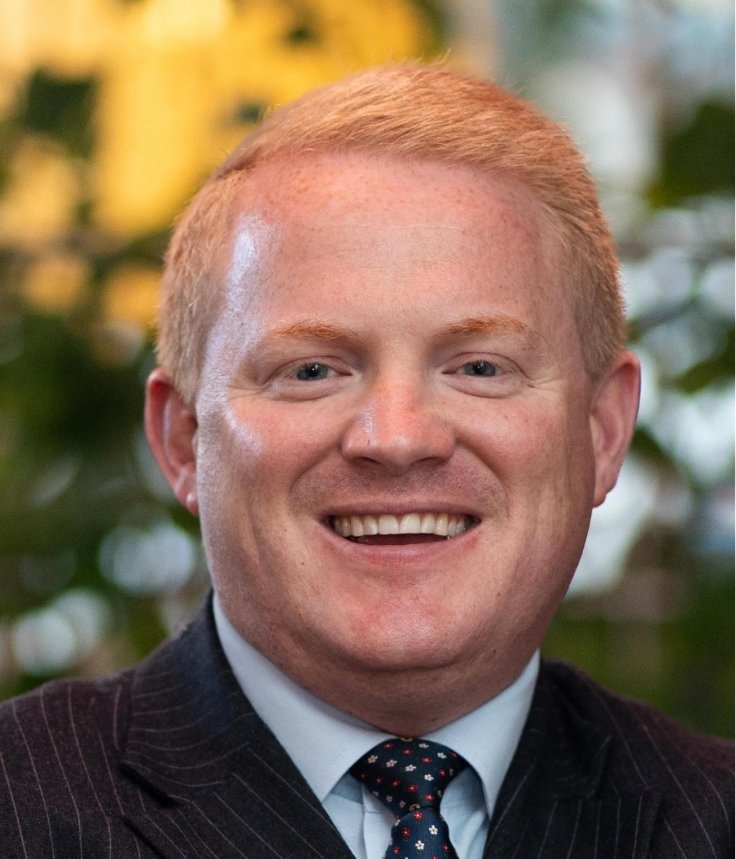
Human trafficking is one of the most pervasive and complex crime that often operates in the shadows of legitimate financial transactions. Despite the efforts of law enforcement and financial institutions, the trafficking of vulnerable individuals continues to thrive, in part due to the limitations of traditional financial monitoring systems. These systems are not always equipped to detect the hidden patterns and suspicious activity that signal human trafficking, making it difficult to intervene in time.
Recently however, Artificial intelligence (AI) has begun playing a pivotal role in addressing these challenges. With its ability to analyze vast amounts of data and detect subtle anomalies, AI is offering new tools to combat trafficking networks. One recent example of AI's potential to disrupt these criminal activities comes from a collaboration between Santander UK and ThetaRay, a leading provider of AI-powered financial crime detection technology. The partnership was recognized for 'Best Use of Data for Human Trafficking and Modern Slavery Detection' at the 2024 Digital Transformation Awards.
In an exclusive interview with the International Business Times, Peter Reynolds, CEO of ThetaRay, delved into how AI is reshaping the fight against human trafficking and why it's essential for financial institutions to adopt advanced technologies to disrupt these illegal operations.
"Human trafficking is one of the hardest crimes to detect, often operating with seemingly legitimate customers and transactions," Reynolds explains. "Criminal networks continuously evolve, making it difficult for traditional rule-based monitoring systems, which rely on predefined patterns, to keep up."
This is where AI excels. According to Reynolds, ThetaRay's AI-driven solution is designed to analyze billions of transactions, establish a behavioral baseline for each entity, and detect subtle deviations from this norm. These deviations can be the key to identifying human trafficking activity.
"By identifying anomalies in behavior, AI can uncover patterns that traditional systems might miss," Reynolds says. "This enables banks like Santander to report highly detailed findings to authorities, allowing them to act quickly and disrupt trafficking networks before more harm is done."
The ability of AI to connect seemingly unrelated data points is crucial in detecting the subtle indicators of human trafficking. Reynolds offers a compelling example of how this works in practice.
"Imagine a customer's account showing small cash deposits from various locations, frequent payments to individuals linked to adult websites, and unusual travel patterns. On their own, each of these transactions might seem legitimate," he says. "But when AI analyzes them together, it reveals a suspicious pattern that could point to trafficking."
What makes AI particularly powerful in these situations is its ability to process data in real-time, cross-referencing customer histories, relationships, and geographic data to flag suspicious behavior. Reynolds adds, "AI doesn't just provide a list of questionable transactions; it offers fully explainable alerts that compliance teams can act on swiftly."
One of the most striking advantages of AI, Reynolds notes, is its ability to look beyond surface-level customer data and understand deeper behavioral patterns. This is especially important in human trafficking cases, where traffickers often manipulate basic identifiers like names and account details to evade detection.
"The real power of AI lies in understanding 'who they are' within the financial ecosystem," Reynolds says. "By analyzing long-term behavior, relationships, and interactions, AI can detect when someone with an unremarkable history suddenly starts sending funds to high-risk jurisdictions or interacting with suspicious entities."
This capacity for deeper analysis is what sets AI apart from traditional financial crime detection methods.
Looking ahead, Reynolds believes AI will play an increasingly important role in shaping the future of financial crime compliance. "AI is moving financial crime compliance from a reactive to a proactive approach," he says. "In the past, financial institutions were often responding to suspicious activity after it had occurred. With AI, they can continuously monitor and analyze large amounts of transaction data in real-time, identifying threats before they escalate."








